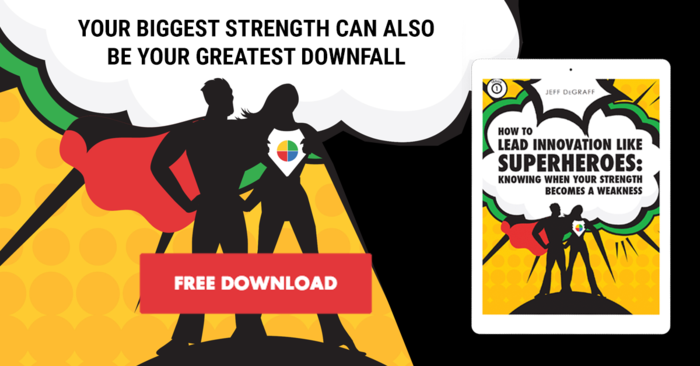Successful innovation requires us to notice what is moving and growing around us, and to find ways to harness its energy to get us where we want to go. Newton’s First Law states that an object in motion tends to stay in motion, while an object at rest tends to stay at rest.
If you can climb onto something that is already in motion, it will save you a great deal of energy, compared to pushing that thing yourself. Along the same lines, there is an economic principle called “value migration,” which states as conditions change, the first to recognize them and to invest or capitalize on these shifts stand to make the greatest amount of profit.
Some of the “accidental billionaires” who rode Facebook to their fortunes, as portrayed in the movie The Social Network, provided only a small amount of cash or some early networking, but because they were the first to ride this new phenomenon that was moving, they saw huge benefits.
The choice to ride what moves can make the difference between innovation and slow decay for an individual, an organization, even a city or country. Consider Kalamazoo, Michigan. Located, halfway between Chicago and Detroit, Kalamazoo was crowned the “All-American City” by Life Magazine in the 1960’s. It was home to post-war corporate giants like Fisher Body, Checker Motors, the Upjohn Company and that symbol of the generation in motion, Gibson Guitars.
Frank Lloyd Wright created some of his greatest architectural marvels here and nestled them in-between the painted ladies that housed the local gentry. The city even closed its main thoroughfare to create a little European flair downtown – the first outdoor pedestrian shopping mall in the country. Kalamazoo was an emblem of forward thinking and self-reliant success.
But slowly things unraveled. Manufacturing left the Snow Belt for warmer lands, as did the city’s creative and enterprising youth. Roads cracked, factories failed. For three decades the city was mentioned as yet another example of Northern Blight, if it was mentioned as anything besides a town with a funny name.
And then it happened. A group of anonymous donors got together and raised an enormous trust to fund the college education of every child that graduated from a Kalamazoo public school. They called it the Kalamazoo Promise. Families that owned homes in the school district began sending their children to State of Michigan universities and community colleges for free. People began to move to Kalamazoo for the sake of their children. Neighborhoods were rehabilitated. The momentum that had shifted from good to bad now shifted back towards good again. Like the unexpected hit in a baseball game that starts a rally and wins the game, which starts a winning streak that ends with a pennant, Kalamazoo was moving again, and innovators came to ride. Beauty shops and coffee joints popped up alongside internet developers and art studios. Businesses began to give the old town a fresh look as biotech and material science firms started springing up.
That’s why I say: no matter what in your life you are trying to innovate, look to ride what moves. I encourage you to make time to notice the areas of growth and fresh opportunity. Get to know them. Talk to people making use of them. They may not have any obvious connection to what you want to do. They may be as different as oil painting and online marketplaces. Still, find chances to experiment with them. The transition to the area that moves won’t be seamless – you can’t expect to notice an area of growth and then immediately see how it can take you where you want to go.
Discover the power of constructive conflict.
By reading The Innovation Code, you will learn how to harness tension and transform it into positive energy to successfully implement your innovation projects.


